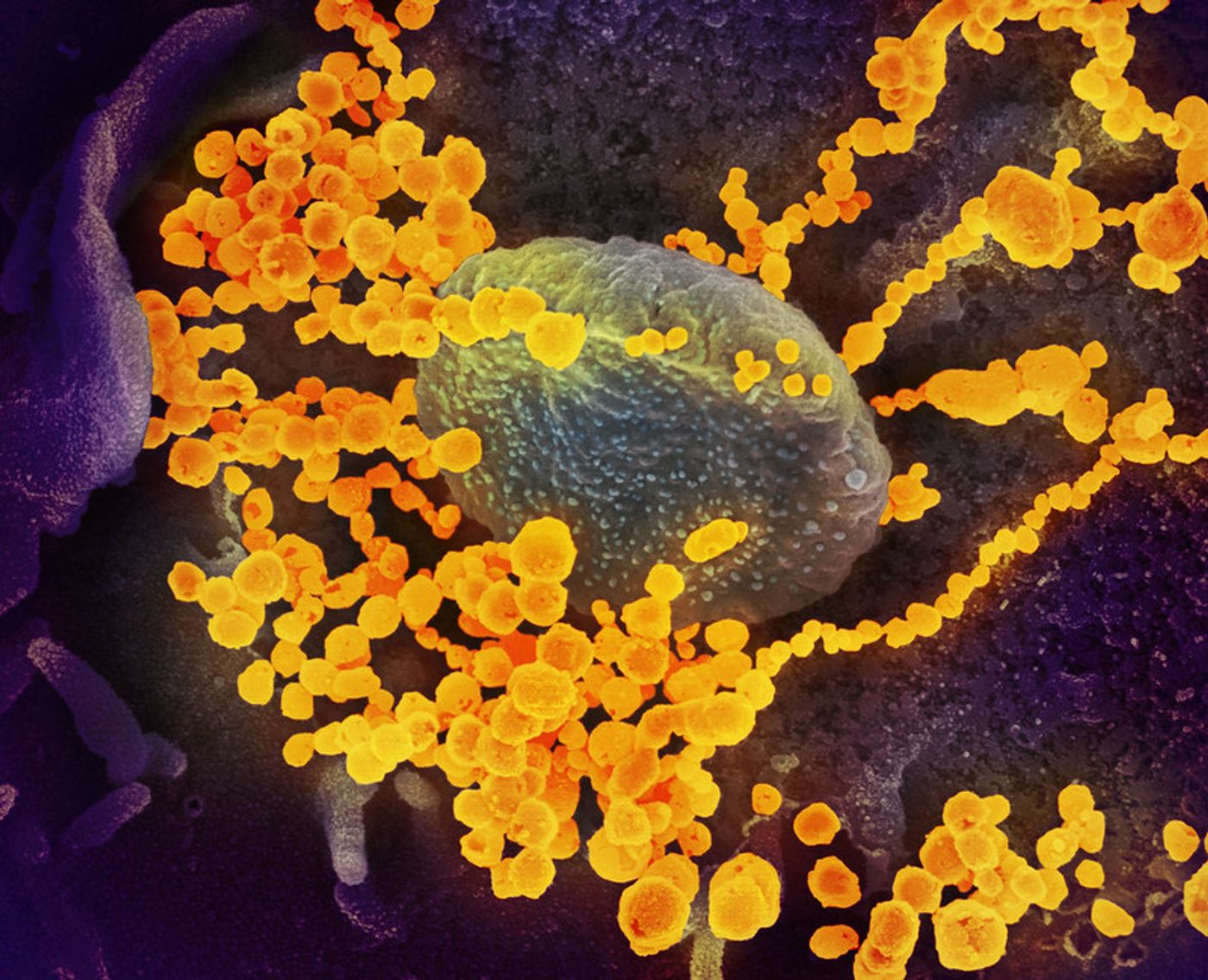How Many COVID-19 Cases Have There Really Been?
It's widely accepted that we don't have a good idea of how many COVID-19 cases are circulating. Data from many different countries, including the United States, has been called into question. In the US, poor preparation, stringent testing criteria, as well as problems with testing development, rollout and availability has limited testing to only around 3.25 million indviduals. In other countries, the sheer volume of infected individuals has overwhelmed the healthcare system, leaving many untested.
But, we know that the virus is highly contagious. So, if infected people, potentially many of them, are not being tested, we don't have a good idea of how many infections there have been, are now, or will be in the future. If we're going to respond robustly to our current predicament and prepare for the next pandemic, we have to get a handle on this data.
"Actual pandemic preparedness depends on true cases in the population whether or not they have been identified," explained Dr. Arni S.R. Srinivasa Rao, director of the Laboratory for Theory and Mathematical Modeling in the Division of Infectious Diseases at the Medical College of Georgia at Augusta University. "With better numbers, we can better assess how long the virus will persist and how bad it will get. Without these numbers, how can health care systems and workers prepare for what is needed?"
Dr. Rao and Dr. Steven G. Krantz, professor of mathematics at Washington University in St. Louis, Missouri have created mathematical models to address this issue. Their work has been reported in Infection Control and Hospital Epidemiology.
"We wanted to provide info on the real magnitude of the problem, not just the tip of the iceberg," corresponding study author Rao said.
They applied data we do have on the COVID-19 pandemic (as of March 9) to a mathematical model that took a variety of factors that influence infection rates into account, like population density, the proportion of people in an area that live in dense, urban conditions, and the infectiousness of the virus, or so-called transmission probability.
Italy reported new cases well until their healthcare system was overwhelmed, leaving an estimated 30,223 cases unreported. In Spain, the country was hit just as hard, and nearly 20,000 have died there. The researchers estimated that only 1 in 53 cases have been identified there, meaning about 87,405 cases have not been reported. (The researchers have also seen some of these projected numbers confirmed since the study was published.)
China is widely thought to have underreported the number of COVID-19 cases. This study has suggested a very wide range of probably undetected or unreported cases there; anywhere from 1 in 149 to 1 in 1,104 cases have not been reported, translating to a range of 12 to 89 million unreported cases in China.
Because the virus showed up later in the United States, the researchers don't have much of a projection for the nation yet. However, their data has indicated that when the US had about 500 reported cases, it was more likely that there were actually about 90,000 cases in the country. Rao has performed a follow-up study using data that was available as of April 6. He suggested that while testing has improved, there were about 367,000 reported cases on that date, and the actual number was probably closer to 561,000.
However, we can continue to use good habits to stop the virus from spreading further. "Social distancing is a must, must, must," Rao emphasized.
Sources: AAAS/Eurekalert! via Medical College of Georgia at Augusta University, Infection Control and Hospital Epidemiology









